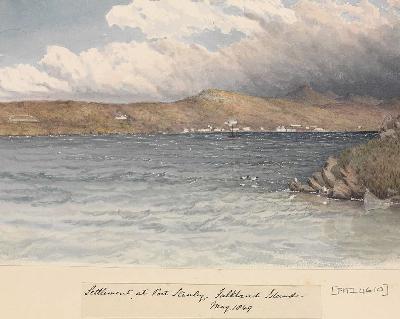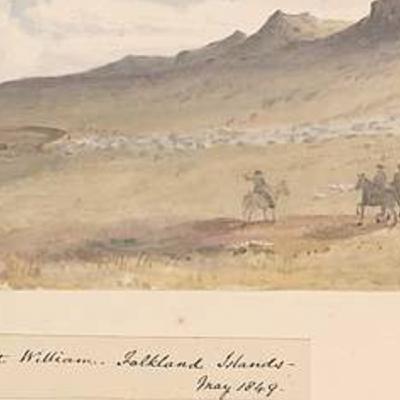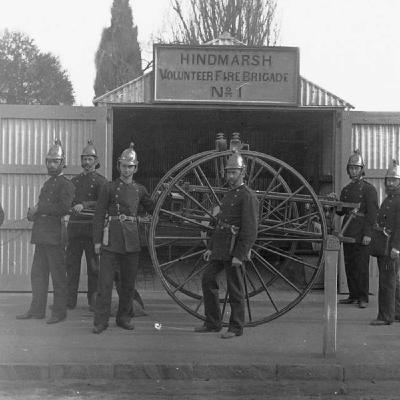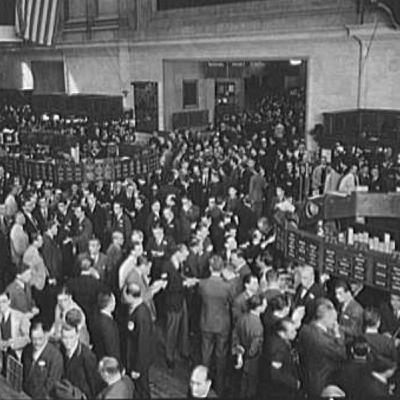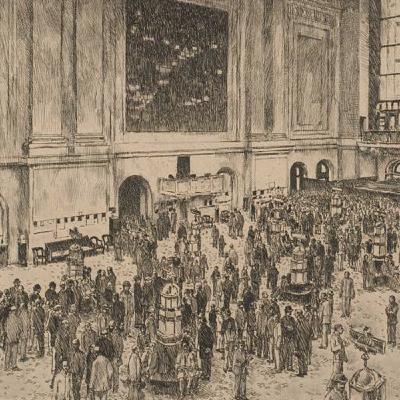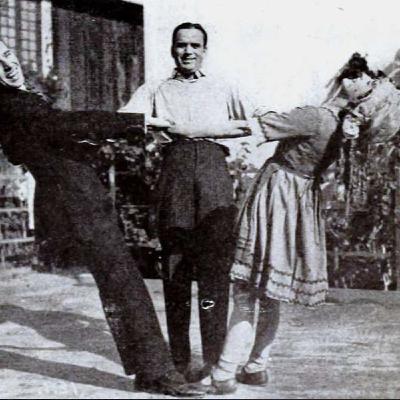28: 3. Personal Preparedness, Home Safety Design, and Decision-Making During Fire Events. This section focuses on personal preparedness, home safety design, and decision-making during fire events. The highly settled coastal areas of Australia face significan
Update: 2025-10-26
Description
3. Personal Preparedness, Home Safety Design, and Decision-Making During Fire Events. This section focuses on personal preparedness, home safety design, and decision-making during fire events. The highly settled coastal areas of Australia face significant fire risk. The author emphasizes that living safely in fire-prone areas requires constant effort and planning. Houses need to be designed to mitigate risk; for example, homes built on concrete slabs or those with sealed-off underfloor spaces are safer than houses on stumps, as embers can easily get under the house and start a fire. The biggest risk to houses is mostly ember attack. During a serious fire, embers can fall "like red rain." To protect against ground fires, a cleared management zone—ideally 100 meters in rural areas—is recommended around the house. On high fire-risk days, known as Fire Ban Days (which are increasing in frequency), the official policy is to leave early. Staying and defending the home is a major decision that requires thorough preparation. Leaving late is a very dangerous strategy. Wind is a major factor, with hot and dry northerly winds posing a significant danger. Furthermore, large fires can generate their own weather and worsen the wind. Wind changes are particularly risky, as they can suddenly turn a long, thin trail of fire into a massive fire front. In the worst-case scenario—being caught in a car—the advice is to stay in the car, turn off the air conditioner, close windows tightly, keep the engine running, and use a woolen blanket to shield against heat. The primary killer in fires is often radiant heat, not the flames themselves. The woolen blanket acts as a thermal shield. It is also crucial to carry water for drinking to reduce dehydration.
1907 ADELAIDE
Comments
In Channel



